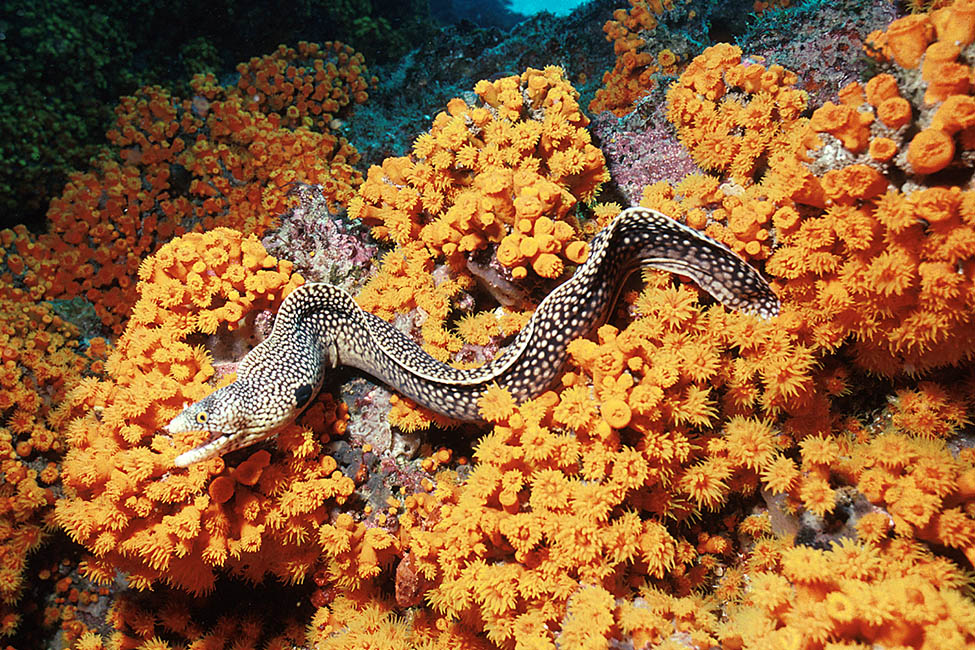CURES FROM THE DEEP
by Bethany Augliere | Wednesday, Jul 28, 2021
In the depths of the ocean, soft-corals sway in the current while sponges sit immobile and anchored to rocks. These animals may be the key to curing diseases such as Methicillin-resistant Staphylococcus aureus (MRSA) and triple negative breast cancer, and that’s the mission of Florida Atlantic University’s Harbor Branch Oceanographic Institute Marine Biomedical & Biotechnology Research Program.
The drug discovery program was founded in 1984, and since then, scientists have amassed 30,000 samples of marine life to find potential disease fighting chemicals. “The sea is this huge resource that is largely untapped, unknown and potentially contains the cure for lots of different types of diseases,” said Peter McCarthy, Ph.D., a microbiologist at FAU Harbor Branch who is part of the program. “We need to get out there, we need to find these things.”
In an era where antibacterial resistance is becoming an increasing problem, McCarthy’s work focuses on discovering new antibiotics, many times from sponges. “In the not too distant future — if not already — the majority of bacterial diseases will no longer be treated by antibiotics that exist at the moment.”
McCarthy’s team has found sponges that show activity against the deadly MRSA, as well as a lesser-known bacterium that causes problems for people with cystic fibrosis and other diseases, known as Pseudomonas aeruginosa.
More than half of the cancer drugs currently being used for cancer treatment come from nature, said Esther Guzmán, Ph.D., who leads the Cancer Cell Research Lab that focuses on finding marine natural products with the ability to fight cancer. In pancreatic cancer — one of the world’s deadliest cancers — Guzman found chemicals from a sponge right off Port Everglades in Fort Lauderdale that reduces pancreatic tumor size. “The more research we do, the better our understanding of cancer, which increases our chances of finding new treatments” she said.
Amy Wright, Ph.D., lead of the Natural Products Chemistry program, is responsible for taking the promising samples that McCarthy and Guzmán find, and further breaking them down to figure out exactly which compounds are responsible for the anti-cancer or antibacterial activity.
In the past, scientists used the now retired Johnson Sea Link subs to dive down thousands of feet and scoop up the samples to bring back to the lab. Wright has 171 dives in the subs, calling it a “once in a lifetime experience, many times.” Now, the team collects most of the samples using remotely operated robots sent to the seafloor without ever leaving the deck of the ship.
“It’s important to conserve the ocean and its biodiversity,” said Wright. But in order to do the work, “it’s also important for people to encourage their elected officials to support the funding of research aimed at discovering cures from the sea.